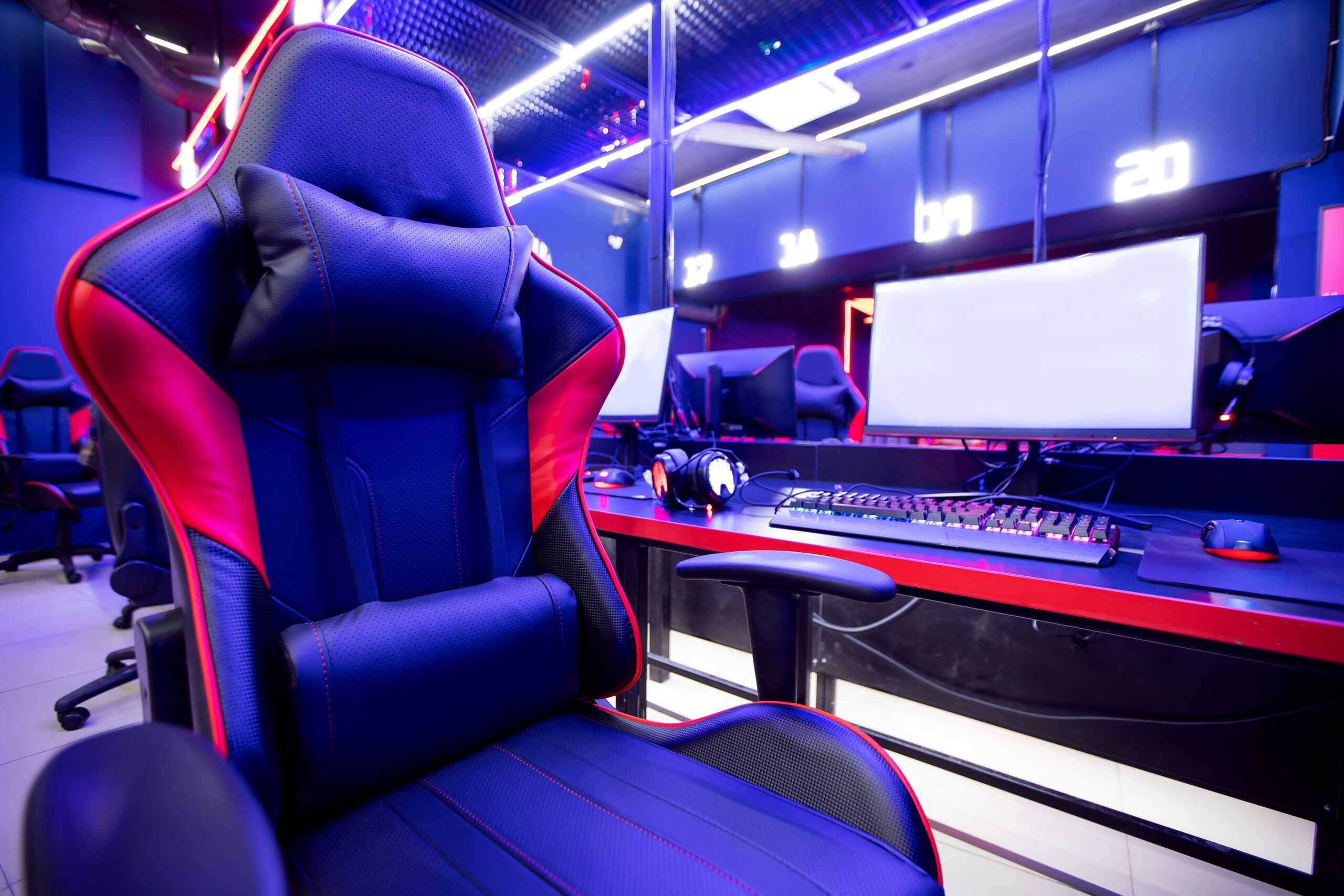Avid sports fans have probably noticed an increased focus on analytics and data visualization during broadcasts. Major League Baseball, for example, introduced Statcast to all stadiums in 2015, and now most broadcasters can show the trajectory and exit velocity for big home runs during games. When leveraged with the right information and graphics, data can create a compelling experience for viewers, and that’s exactly why numerous esports leagues are tapping into unique player data.
ESL recently partnered with Shadow.GG to utilize detailed 2D mapping of gameplay and to provide viewers with real-time data on matches. Similarly, Riot’s LEC teamed with business solutions giant SAP to enable fans to see real-time player performance updates and statistics, including comparisons to historical data. Having this information on hand allows broadcasters to tell better stories and provide more insights on the nuances of each match. Back in July, Google Cloud introduced a real-time statistics broadcast tool, ActivStat, for Call of Duty League that is designed to help consumers better understand and keep up with the game details for the game’s often fast-paced matches.
These data-driven overlays and visualizations are geared towards more immersion for the viewer, but unlike traditional sports, the esports industry does not have decades of data; esports is much younger and less standardized, and the tools must work correctly on various livestreaming platforms.
The future growth of esports will rely on continued viewing from existing fans as well as expanding viewership to new audiences. A part of that challenge involves presenting the broadcasts in a way that is compelling to hardcore fans yet accessible for new fans. Whether recent data visualization implementations will help with the latter remains to be seen, but these innovations are likely to draw interest from diehard fans. According to Interpret’s Esports Replay™, nearly half of esports viewers in the US state that they primarily watch esports to learn about strategies from top players.







